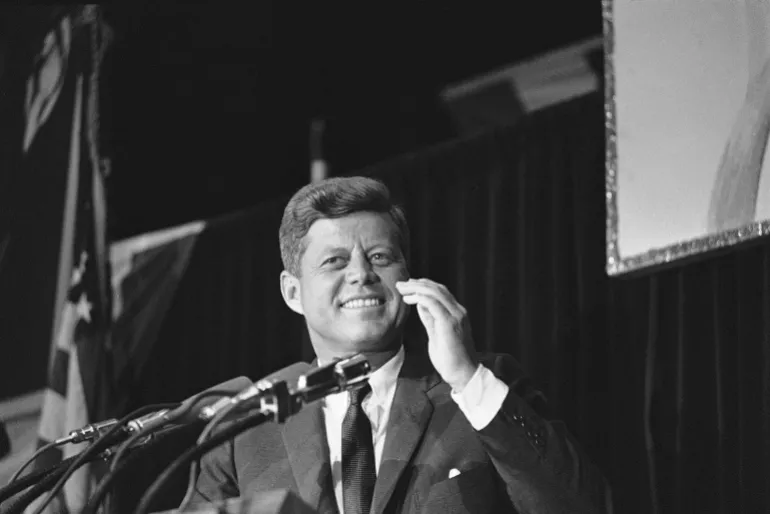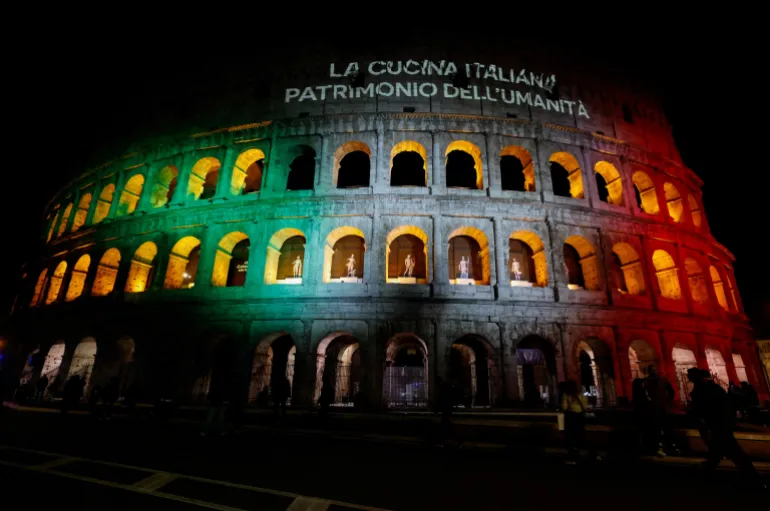Trump’s name added to Kennedy Center exterior, one day after vote to rename | Donald Trump News
Relatives of the late President John F Kennedy slammed the centre’s board, saying the name cannot be changed under law.
Published On 20 Dec 2025
Donald Trump’s name has been added to the Kennedy Center in Washington, DC, just one day after his hand-picked board members controversially voted to rename the arts venue, the first time a national institution has been named after a sitting US president.
Workmen added metal lettering to the building’s exterior on Friday that declared, “The Donald J Trump and the John F Kennedy Memorial Center for the Performing Arts.”
Recommended Stories
list of 4 itemsend of list
“Today, we proudly unveil the updated exterior designation – honoring the leadership of President Donald J Trump and the enduring legacy of John F Kennedy,” the centre said on social media.
Family members of former President Kennedy, who was killed by an assassin’s bullet in 1963, as well as historians and Democratic lawmakers, have criticised the move, saying only an act of Congress could alter the name of the centre, which was designated as a living memorial to Kennedy a year after his assassination.
“The Kennedy Center was named by law. To change the name would require a revision of that 1964 law,” Ray Smock, a former House of Representatives historian, told the Associated Press (AP) news agency. “The Kennedy Center board is not a lawmaking entity. Congress makes laws,” Smock said.

The AP reports that the law naming the centre explicitly prohibits the board of trustees from making the centre into a memorial to anyone else, and from putting another person’s name on the building’s exterior.
Kerry Kennedy, a niece of former President Kennedy, said in a post on social media that she will remove Trump’s name herself when his term as president ends.
“Three years and one month from today, I’m going to grab a pickax and pull those letters off that building, but I’m going to need help holding the ladder. Are you in?” she wrote on X.
Naming a national institution after a sitting president is unprecedented in US history. Landmarks such as the Washington Monument, Lincoln Memorial and indeed, the Kennedy Center were all named after the deaths of the renowned US leaders.
Kennedy’s grandnephew, former Congressman Joe Kennedy III, also said the Kennedy Center, like the Lincoln Memorial, was a “living memorial to a fallen president” and cannot be renamed, “no matter what anyone says”.
Trump claimed on Thursday that he was “surprised” by the renaming of the Kennedy Center, even though he personally purged the centre’s previous board after calling it “too woke”.
He has also previously spoken about having his name added to the centre and appointed himself chairman of the centre’s board earlier this year.
Trump has sought to rein in the Kennedy Center since the start of his second term as part of an assault on cultural institutions that his administration has accused of being too left-wing.





